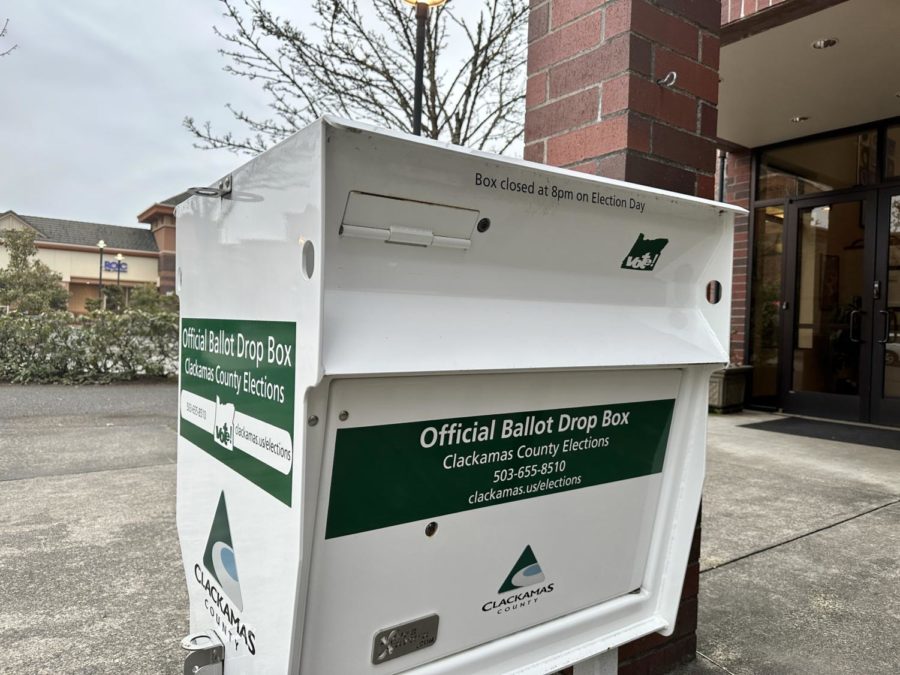Dr. Peter Rasmussen, Death with Dignity advocate, dies under his own hand
Dr. Peter Rasmussen, Death With Dignity advocate, died Tue. Nov. 10, exercising the right he co-established only two days following the 17th anniversary of the state’s legalization.
Although it’s been 17 years since Ore. has established Measure 16, enacting physician-assisted suicide, Oregonians still remain opined about the concept of “legal suicide”. Rasmussen, who died at the age of 70 was an oncologist with a passion for caring for terminal patients and ensuring they could make own their medical choices in life threatening times. He was diagnosed with grade 4 glioblastoma, a malignant brain tumor, in the 2014 before he realized he was terminally ill. Rasmussen’s wife, Cindy Rasmussen, said her husband was accompanied by family and friends when he self-administered the lethal dose of drugs prescribed by his doctor.
The Death with Dignity Act, established Nov. 8, 1997, states that any competent Ore. resident 18 years or older diagnosed with a terminal illness of 6 months or less to live has the right to request a doctor’s written prescription of a lethal dose of medication that will end the patient’s life.
“The DWDA allows people to have their own means of hope when they have no other option,” Raina Schutz, senior said.
Physician-assisted suicide is currently legal in four US states including Vermont, Washington, California and Oregon. In addition it is also legal in Montana under court decision but has not been legalized to be made by doctors choice. However, in Oregon it’s illegal for the lethal injection to be hand administer by a doctor. As of now the law states that only the affected participant can hand administer the injection. In my opinion a doctor should be present for the administration of a lethal mixture of poisons, otherwise there is no difference between this and handing a loaded firearm over the counter.
“I think there should be a doctor present,” Schutz said. “They can still self-administer, but under the medical supervision of a professional.”
Since Oregon’s legalization, approximately 1,173 lethal prescriptions have been submitted under the DWDA with only 752 deaths to be accounted for.
“The DWDA is an extension of people’s rights for adult Oregonians, and I don’t think It should be changed,” Tonya Daily, history teacher, said. “People should be able to decide for themselves what they ultimately want.”
In 2014, New Mexico nearly became the 5th state to legalize physician-assisted suicide before the court overruled the case. Since then, New Mexico has been under tight debate and continues to be in a condition of debate by state court. The death with dignity act was originally argued in 1994 with a voter’s majority of 51%, but the case was ruled unconstitutional by US district judge Michael Hogan. The Ninth Circuit Court of Appeals lifted the injunction and the case was reopened in 1997 before it’s legalization following. All states should legalize the DWDA but under strict supervision and regulation.
“It’s really sad and I think people have better options dealing with issues,” Schutz said. “There shouldn’t be a quick decision to end one’s life, but I think it’s appropriate we have the option.”
Time and time again the case has been considered for revision but the law still stands that Oregonians have the the right to death with dignity.
“Hopefuly I’ll never be in that situation,” Daily said. “But I feel like having the opportunity is better than not having it.”
Your donation will support the student journalists of West Linn High School. Your contribution will allow us to continue to produce quality content by purchasing equipment, software, and continuing to host our website on School Newspapers Online (SNO).

Clear blue skies over pearly white beaches, the ocean gently lapping against the shore asking for visitors to jump in and cool off; that screams summer....
























![Game, set, and match. Corbin Atchley, sophomore, high fives Sanam Sidhu, freshman, after a rally with other club members. “I just joined [the club],” Sidhu said. “[I heard about it] on Instagram, they always post about it, I’ve been wanting to come. My parents used to play [net sports] too and they taught us, and then I learned from my brother.”](https://wlhsnow.com/wp-content/uploads/2024/03/MG_7715-2-1200x800.jpg)
![At the bottom of the third inning, the Lions are still scoreless. Rowe stands at home plate, preparing to bat, while Vandenbrink stands off to the side as the next batter up. Despite having the bases loaded, the team was unable to score any runs. “It’s just the beginning of the season. We’re just going to be playing out best by June, [and] that’s where champions are,” Rowe said.](https://wlhsnow.com/wp-content/uploads/2024/03/IMG_3077-1200x900.jpg)






![The teams prepare to start another play with just a few minutes left in the first half. The Lions were in the lead at halftime with a score of 27-0. At half time, the team went back to the locker rooms. “[We ate] orange slices,” Malos said. “[Then] our team came out and got the win.”](https://wlhsnow.com/wp-content/uploads/2023/10/IMG_2385-1200x800.jpg)















































































